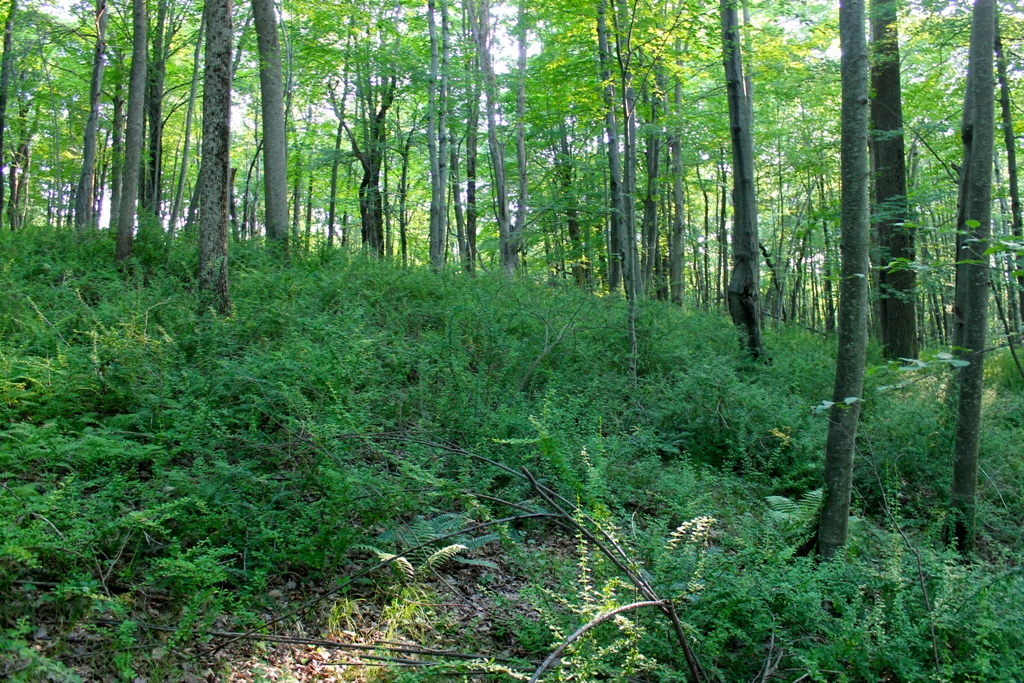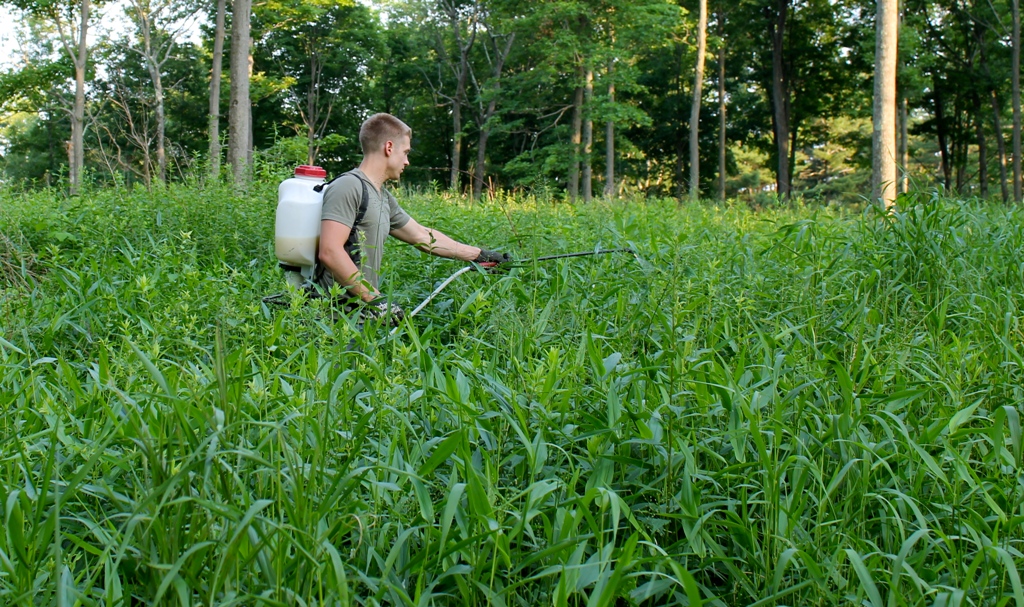Controlling Invasive Plants to Improve Deer Habitat
Filed under: Food Plots, Hunting Blog, Whitetail Habitat Management
The heat of summer is upon us and our food plots and native vegetation are starting to mature. For me, this sea of green is a reminder to look at all the plants that are growing on the land that I hunt. Specifically, I am looking for invasive plants. When I find them, I mark the locations of these invasive species on a map. This helps me to more efficiently implement a control plan as well as track the spread of individual species from year to year. These plants take valuable resources such as sun, space, nutrients, and water away from other native vegetation that are more beneficial to a variety of wildlife species. Controlling invasive weeds is an important management tool to promote plants that provide quality cover and nutrition for whitetails.
A joint project by the University of Georgia and the U.S. Forest Service has a website that can help you identify potential invasive plants in your area (http://www.invasive.org). There are numerous invasive plant species throughout the United States. Each region of the US has different types of invasives that might include plants such as: princess tree, Russian-olive, mimosa trees, Japanese privet, nandina, Japanese barberry, shrubby nonnative lespedezas, bamboo, kudzu, Johnson grass, etc. After identifying an invasive species to target, it is important to consider multiple control methods. Many invasive plants can be controlled through prescribed fire, herbicide, or physical removal. Check out GrowingDeer.tv episodes 81, 185, 221, 222 for more information on a few of these methods.
One problem species in my neck of the woods is Berberis thunbergii or Japanese barberry. This spiny, deciduous shrub was introduced to the United States as an ornamental landscaping plant. Due to its resistance to deer browsing and ability to grow in full sun or shade, it is highly invasive. In the area I live, entire hardwood forests are laced with an understory of barberry.
Through chemical control (application of Glyphosate) and physical removal of Japanese barberry, it has been possible to transform undesirable habitat into a biologically diverse savannah that benefits deer and other wildlife. It is important to note that invasive control is often an ongoing process. Although this property has seen some success I must actively control new sprouts from the seedbed to prevent the return of barberry. Each year I walk all of the established savannahs with a back pack sprayer full of Glyphosate and treat any emerging barberry. If barberry is a problem on your property, click this link for more detailed information on alternatives for control.
There is no doubt that controlling invasive plants is a long process punctuated with a lot of hard work. However, a little extra boot leather each year ensures that my initial investment will pay huge dividends for the wildlife here for years to come. Whether you have a large invasive problem or just a few plants starting to pop-up next to that new food plot you put in last spring, controlling invasive plants is a beneficial tool to improve the wildlife habitat on the property that you hunt.
Happy trails,
Hunter





